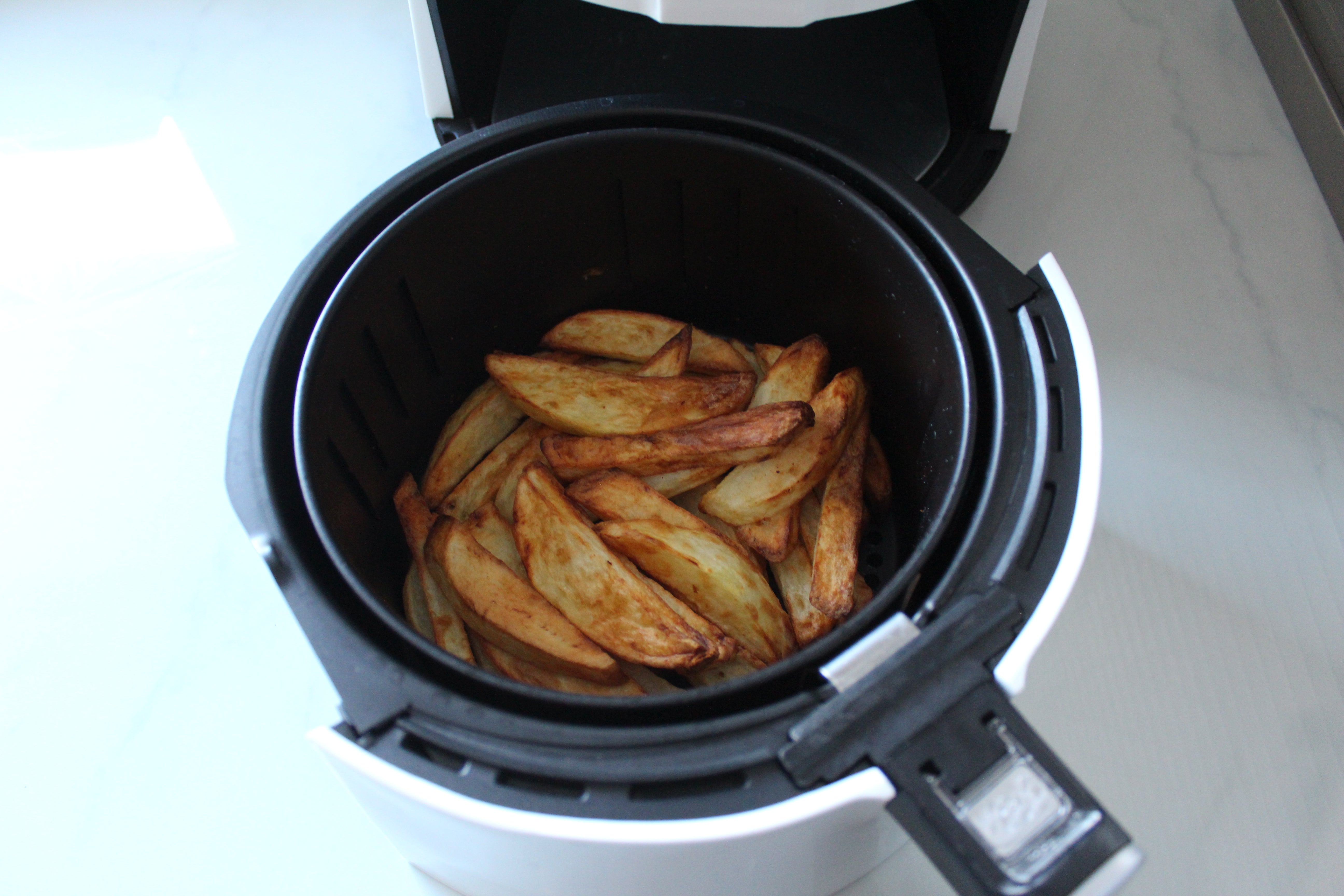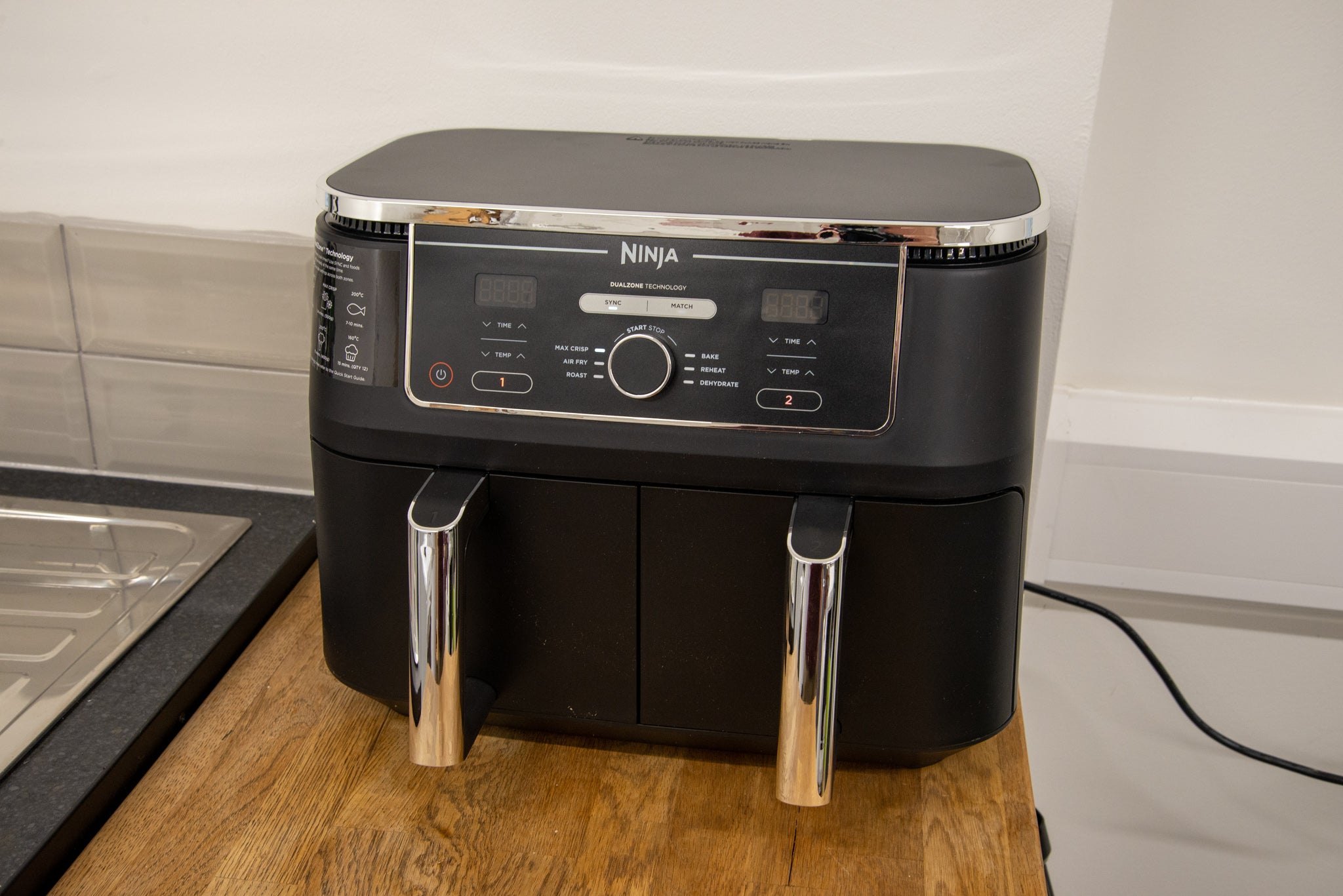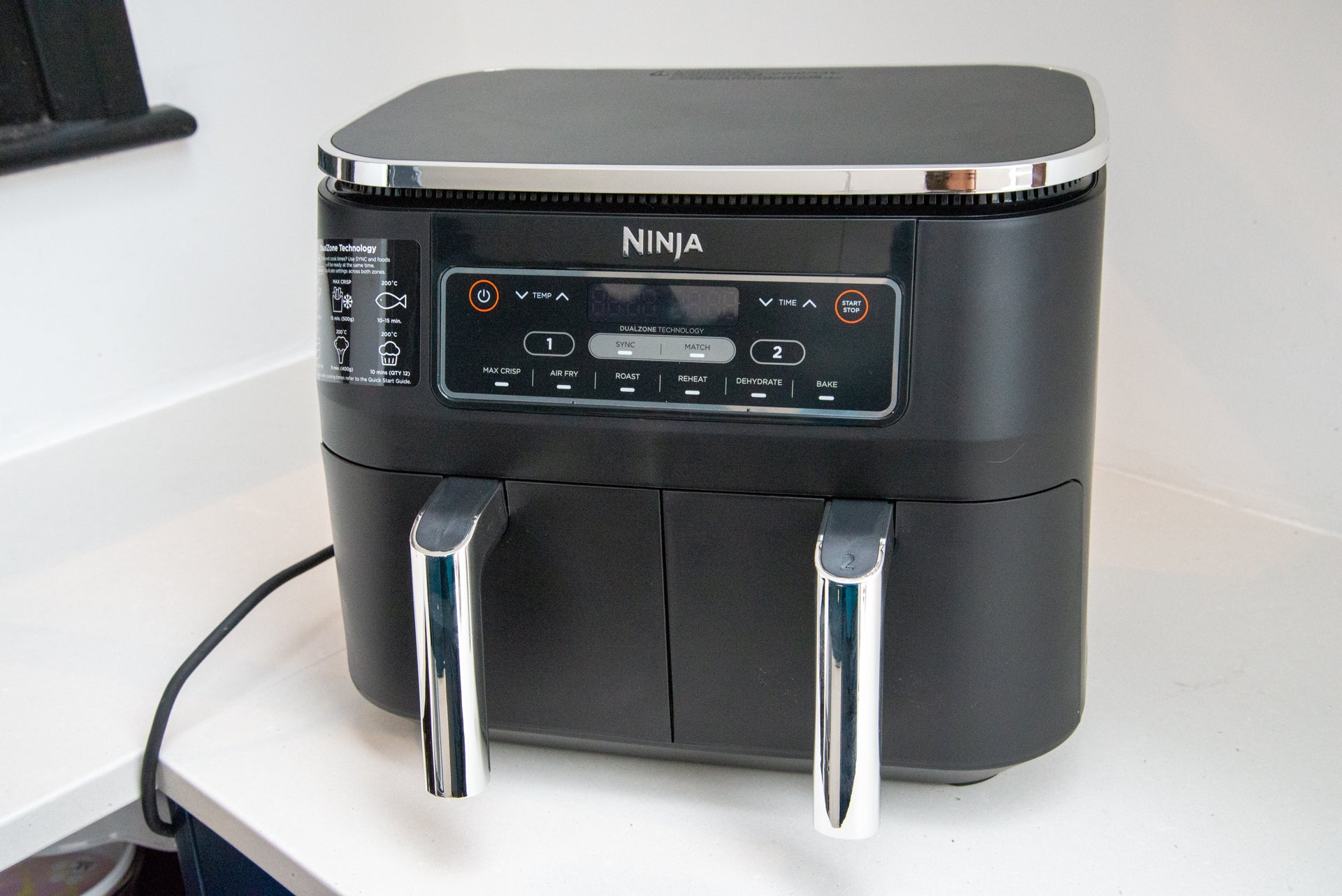How does an air fryer work?
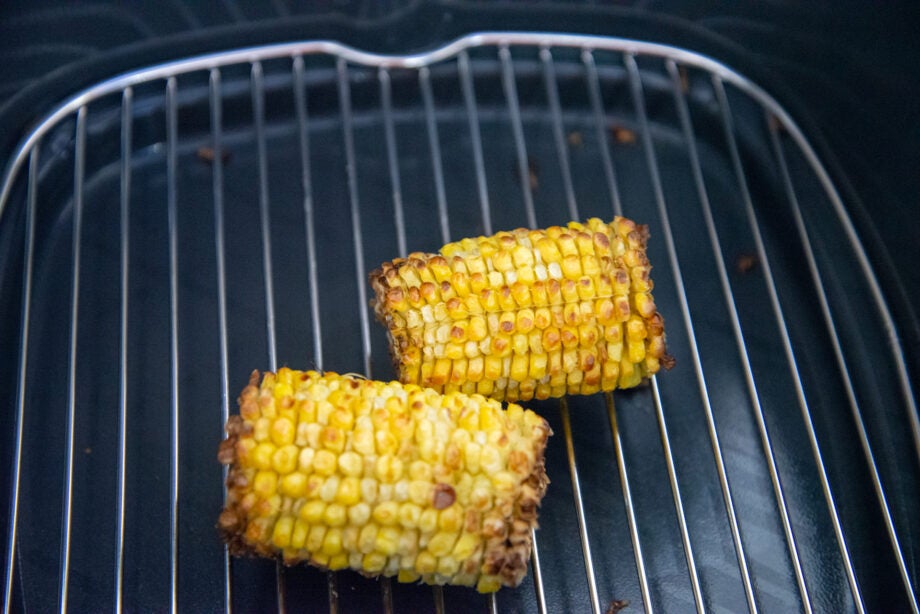
Billed as being able to make all your favourite fried treats with less fat, air fryers have been steadily making their way onto kitchen worktops around the world. But do they really fry your food? And how do they manage to perform such mealtime miracles?
Below, we explain how air fryers work, why they can trim the excess fat while still creating delicious dishes, and the sort of foods you can cook using them (hint: it’s not just low-fat chips).
What is an air fryer?
Air fryers start to make a lot more sense if you think of them like small conventional fan ovens. While designs differ, the principle of how they work is the same: there’s an element, usually at the top of the cooking cavity, underneath which is a pull-out drawer with a basket, a recess for a removable basket of some sort or shelving or trays.
Some do resemble ovens, but most are upright small appliances with controls on the front and a drawer below them.
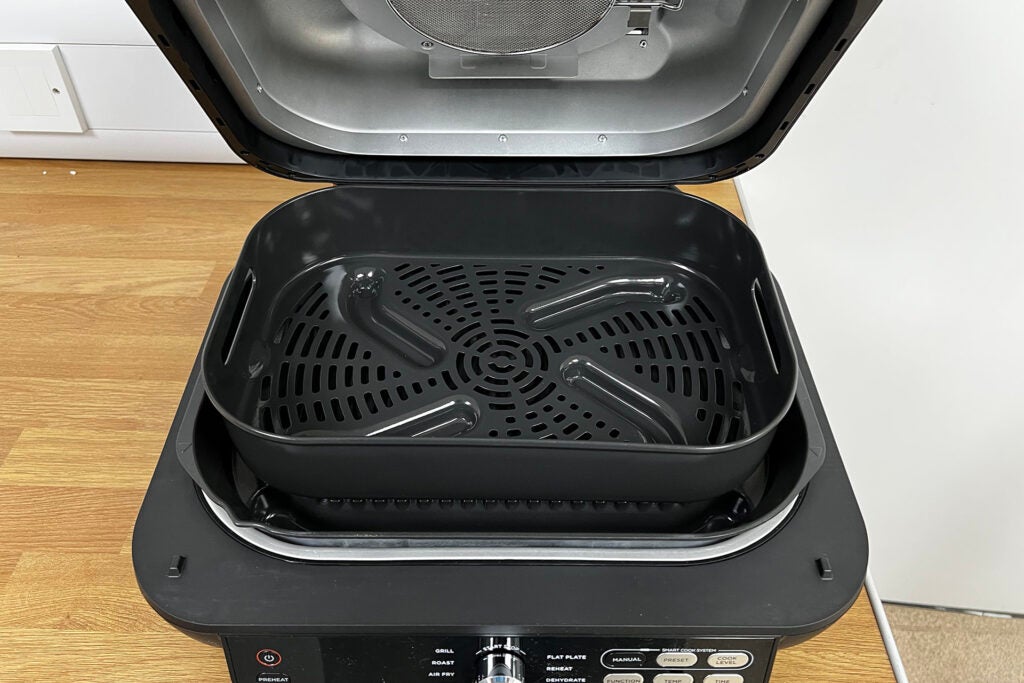
Above the element, you’ll find a fan: this is responsible for evenly distributing the heat, so that your food doesn’t just get a blast of heat from above but all the way round. It’s complemented by a perforated or wire basket that the food sits in, which allows the fanned heat to reach the bottom and sides of the food.
How does an air fryer work?
It helps to consider the principle of traditional frying to understand how air fryers work. Whether deep or shallow, frying uses hot fat to cook the food – essentially, searing its surface to lock in moisture and flavour, caramelising sugars, and crisping the exterior. The food absorbs a certain amount of fat, depending on what it is, contributing different flavours and speeding up the cooking process.
Where air frying differs is that rather than using a lot of fat, as with traditional frying, the food itself is coated in a small amount of oil and the fanned hot air ‘fries’ the surface. It uses a high heat to do so: most air frying programmes work at around 200-210°C, but some will offer higher temperatures, such as 240°C, to help crisp up frozen food, which is prone to becoming soggy.
What’s also crucial to the air frying process is tossing or turning your food as it cooks. This ensures that the entire surface of the food receives the fanned hot air, so it cooks evenly and crisps up. This is why most air fryers either have drawers that can be pulled out and shaken, or rotating paddles that flip the food for you.
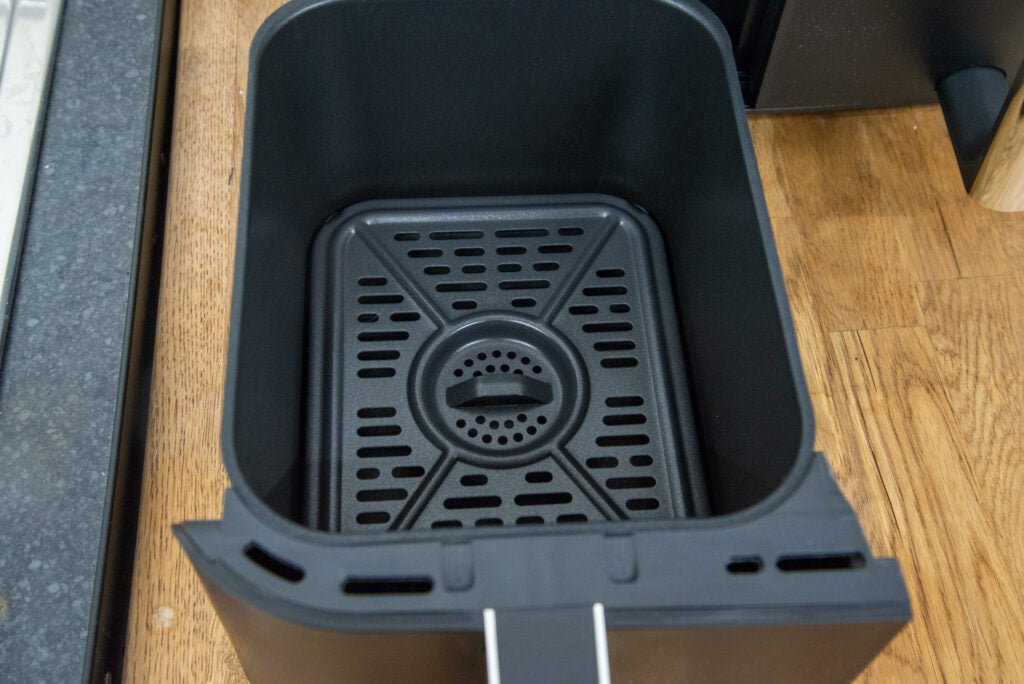
What can I make using my air fryer?
Many foods that can be fried can be air fried too, such as meat, fish, poultry, potato, bacon, sausages, pancakes, eggs, vegetables, tofu, cheeses (such as halloumi), and breaded or battered frozen foods. Where you might come unstuck is making anything with fresh batter, as it tends to drip off before the frying process kicks in properly.
Think of your air fryer more like a small oven again and you’ll find that its lower heats are perfect for cooking anything that you would conventionally, such as roast chicken, pizza, cakes, muffins, biscuits, and other baked goods. You may also have a low-heat dehydrate option that’s suited to making jerky.

